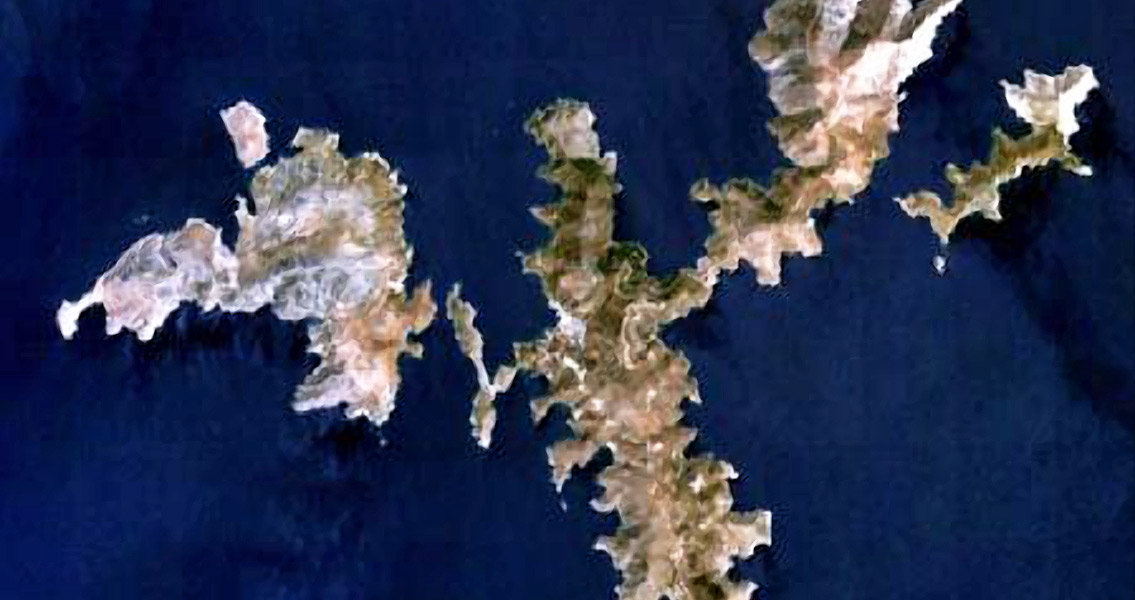<![CDATA[An underwater survey of the seafloor near the shores of the Greek archipelago known as Fourni has yielded a record-breaking 22 shipwrecks over the course of just 13 days. The research expedition, a joint project between the RPM Nautical Foundation from the United States and Greece’s Ephorate of Underwater Antiquities (EUA), located the remains of the nearly two dozen shipwrecks, none of which had been documented scientifically before now. The shipwrecks range from the sixteenth century CE to as early as 700 BCE, with depths varying from as shallow as just 10 feet to as deep as 180 feet. RPM Nautical’s Peter Campbell, one of the project’s co-directors, spoke to CBS News about the discovery, remarking that the entire team was most certainly shocked by the sheer number of disparate and discrete wrecks. The discovery of just three or four shipwrecks would have been enough for the team to feel fulfilled, Campbell added. EUA co-director George Koutsouflakis echoed his colleague’s sentiments on finding such a treasure trove of wrecks. “The importance of this place was underestimated,” the Greek co-director stated, remarking that there were some expectations of finding a few wrecks off the coast of Fourni as it was a traditional hub for sea navigation through the Aegean. “In a survey,” Koutsouflakis said, “you don’t really choose what you’re going to find; you just dive.” Shipwrecks are the stuff of lore around the craggy coasts of Fourni, a Greek archipelago close to Turkey in the eastern Aegean Sea. Generations of local fishermen and sponge divers have seen piles of ancient pottery collecting algae on the seafloor. The waters surrounding Fourni, which is situated between the islands of Icaria and Samos near the Turkish coast, could hold any number of additional shipwrecks, according to Campbell. The massive 22-wreck find covers only 5 percent of the coast of the archipelago at 17 square miles, meaning there could be an unknown number of wrecks just waiting to be discovered. The wood used to build these ships is unlikely to have survived such a long sojourn at the bottom of the Aegean except in specific circumstances. Wooden beams buried under layers of mud and silt may have been preserved to this day by keeping oxygen away from the wood and curtailing decomposition, and future investigations in the region will endeavor to look for such relics. However, the wrecks on the seafloor were identified not by the wooden beams of the ships but by the many clay and earthenware amphoras filled with cargo like oil that had been destined for some ancient port. Both Campbell and Koutsouflakis say there are plans to return to Fourni with more advanced equipment, including unmanned underwater vehicles, to look for additional wrecks. Meanwhile, the artifacts discovered during this survey have been shipped to Athens for analysis. ]]>
Underwater Survey Finds Record-Breaking 22 Shipwrecks
